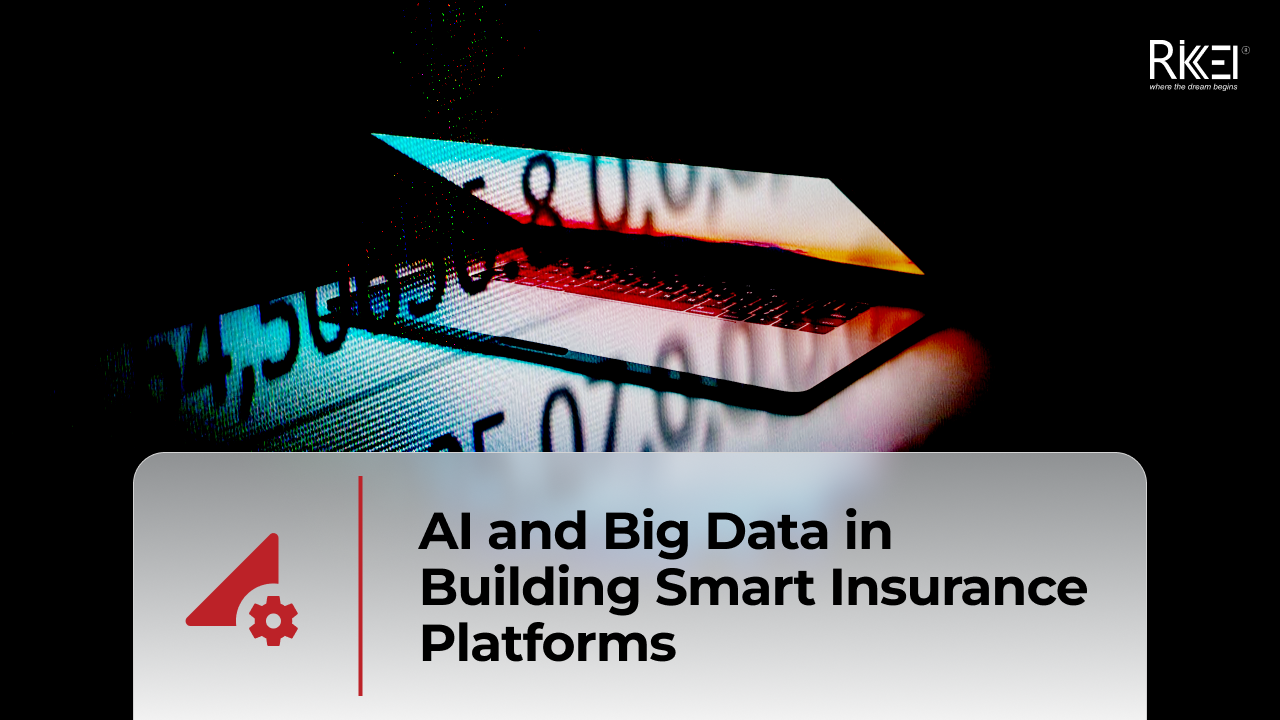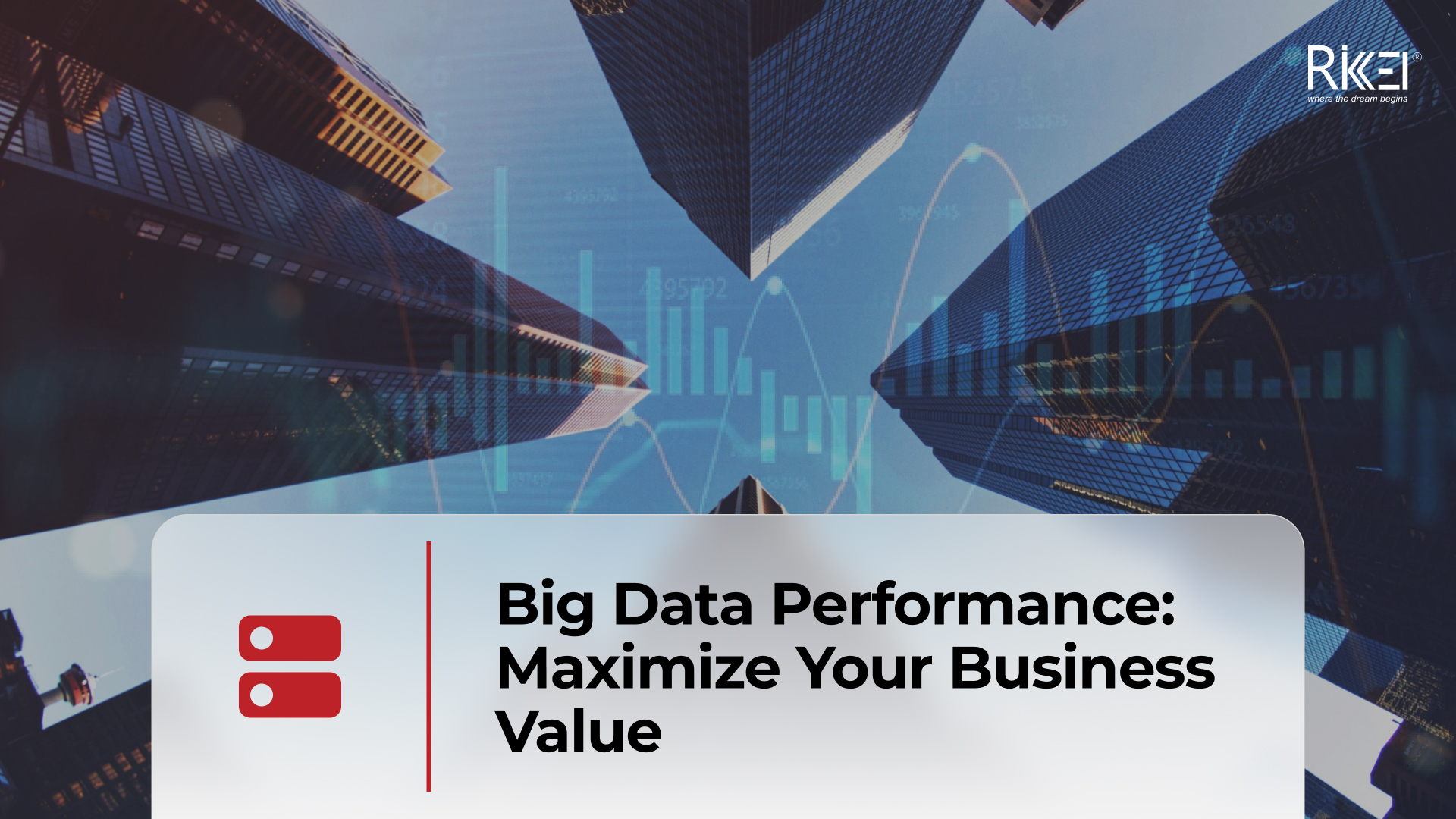Data Acquisition: The key to success in the digital economy
Contents
Data acquisition is a cornerstone of success in the digital economy. It empowers organizations to make data-driven decisions, gain a competitive edge, enhance customer experiences, and drive innovation. To thrive in the digital era, businesses must prioritize data acquisition as a strategic asset and invest in the necessary tools, talent, and processes to harness the full potential of data.
What is data acquisition?
Data acquisition is the process of collecting, measuring, and recording data from various sources or sensors for the purpose of analysis, monitoring, control, or storage. It is a fundamental step in many scientific, industrial, and engineering applications where data is essential for decision-making, research, or system operation.
Key aspects of data acquisition include:
- Sensors and Instruments: that can capture physical phenomena such as temperature, pressure, or motion. These sensors convert real-world analog signals into digital data that can be processed by computers.
- Signal Conditioning: In many cases, the raw data from sensors may need to be processed or conditioned before it is suitable for analysis.
- Data Conversion: Analog-to-digital converters (ADCs) are often used to convert analog signals into digital format.
- Data Logging: Once the data is in digital form, it is often logged or recorded over time. This information will be used for future analysis or reference.
- Data Transmission: Data may need to be transmitted by USB, Bluetooth, or wireless technologies.
- Data Analysis: After data acquisition, the collected data can be analyzed, visualized, and interpreted to extract meaningful information and insights.
Data acquisition systems are used in various fields, including scientific research, industrial automation, environmental monitoring, medical diagnostics, quality control, and more. These systems play a crucial role in helping organizations make informed decisions, optimize processes, and improve overall efficiency. And in business s important will be discussed in detail in the next section.
Why is data acquisition important?
Understand customer needs
Data acquisition involves the collection and analysis of various types of data, including customer data. By gathering information on customer behavior, preferences, and interactions, businesses can gain valuable insights into what their customers want and need.
Thanks to the information collected, businesses can better understand customer needs and the potential to develop their products and services to bring to customers. Customers only need what they want, so businesses are forced to optimize unnecessary products to avoid wasting money, time, and effort.
Understanding customer needs through data acquisition is the way customer satisfaction. Furthermore, this also shows that a company values its customers’ individual preferences and is willing to cater to them.
Data-driven insights from customer data help businesses craft more targeted and effective marketing campaigns. By segmenting customers based on their preferences and behavior, companies can deliver relevant content and offers, increasing customer engagement and conversion.
Letting customers experience new products is also a way to retain . When you have a new product to sell to check customers’ reactions to your product, they want to buy it or if there are any.
Through th, you can collect data to understand how customers interact with your products or services, allowing for improvements in usability, functionality, and overall satisfaction.
Improve products and services
Businesses can use customer feedback and data acquired through surveys, reviews, and user interactions to inform product development. This ensures that new products or updates align with customer needs and expectations, increasing the chances of product success. In addition, it helps businesses avoid wasting money. Instead of investing in changes that may not yield significant benefits, they can focus on enhancements that have a measurable impact on customer satisfaction and business outcomes.
Data acquisition allows businesses to pinpoint pain points in their products or services by analyzing customer behavior and usage patterns. For example, if customers frequently abandon an online shopping cart before completing a purchase, data analysis can reveal the reasons behind this behavior, enabling businesses to make necessary adjustments to the checkout process or address issues related to pricing, shipping, or usability.
Markets and customer preferences can change rapidly. Data acquisition allows businesses to stay attuned to these changes by monitoring trends and shifts in customer behavior. This information can guide adjustments to products or services to remain competitive and relevant in the marketplace.
Companies that use data to continuously improve their products and services gain a competitive edge. They can respond more effectively to customer demands and market dynamics, which can help them outperform competitors and attract and retain a loyal customer base.
Optimize operational processes
A cumbersome and complicated process can cost businesses more time and money. Data acquisition will provide valuable insights into how different aspects of the business are performing, such as production efficiency, resource usage and workflow bottlenecks. From there, we know how to make smart decisions about optimizing the process, based on actual data.
By continuously monitoring and analyzing operational data, businesses can identify inefficiencies and areas where processes can be streamlined. For example, data may reveal that certain steps in a production process are taking longer than necessary, leading to delays and increased costs.
Data acquisition can help create detailed process maps or flowcharts by capturing real-world data points. These maps provide a visual representation of how processes work, making it easier to identify areas that need improvement or automation.
Data on resource usage, including materials, labor, and equipment, can inform decisions about resource allocation. Businesses can ensure that resources are allocated efficiently, minimizing waste and reducing operational costs.
Develop new business models
Data acquisition enables businesses to gain a deeper understanding of their target markets and customer segments. By collecting and analyzing data on customer behavior, preferences, and trends, companies can identify unmet needs and emerging opportunities in the market. From there, new business models can be formed, typically Customer-Centric Models. By gathering data on customer needs and pain points, businesses can design models that prioritize customer satisfaction and loyalty, potentially leading to subscription-based, recurring revenue models.
Through data analysis, companies can identify potential revenue streams that were previously untapped or unrecognized. And then discover new ways to monetize their products, services, or data assets.
Generally, businesses that leverage data effectively can innovate and adapt their business models to stay competitive and create sustainable revenue streams.
Some tips for acquiring data effectively
Define your goals
Start by defining your data acquisition objectives. What specific information or insights are you looking to obtain? Clearly defined objectives will guide your data acquisition efforts. At the same time, you can make informed and strategic decisions across different aspects of your organization.
When you have a clear goal, you will know how you need to go as well as the solutions to optimize resources and waste reduction, identify cost-saving opportunities, reduce costs leading to improved profitability.
Choose the right methods
Here are some common methods for acquiring data effectively:
Surveys and Questionnaires:
| Purpose | Gather structured data by asking specific questions to a targeted audience. |
| Use Case | Customer feedback, market research, employee satisfaction surveys. |
| Tips | Design clear and concise questions, use survey software for scalability, and consider incentives for participants. |
Interviews:
| Purpose | Collect qualitative data through one-on-one or group interviews with participants. |
| Use Case | In-depth research, expert opinions and customer interviews for product development. |
| Tips | Prepare interview questions in advance, select appropriate interviewees, and ensure a comfortable environment for open discussions. |
Observations:
| Purpose | Gather data by directly observing people, processes, or events. |
| Use Case | User experience testing, ethnographic research, manufacturing processes. |
| Tips | Create structured observation protocols, avoid interfering with the observed subjects, and maintain objectivity. |
Data Mining and Web Scraping:
| Purpose | Extract data from websites, databases, or unstructured sources. |
| Use Case | Competitor analysis, market trends, social media sentiment analysis. |
| Tips | Respect terms of service, adhere to legal and ethical guidelines and consider using web scraping tools or libraries. |
Social Media and Text Mining:
| Purpose | Extract and analyze data from social media platforms, blogs, or textual sources. |
| Use Case | Sentiment analysis, trend detection, brand monitoring. |
| Tips | Use natural language processing tools, be mindful of privacy and ethics, and consider data volume and velocity. |
Focus Groups:
| Purpose | Conduct moderated discussions with a small group of participants to gather qualitative insights. |
| Use Case | Product development, marketing strategy, idea generation. |
| Tips | Carefully select participants to represent the target audience, use a skilled moderator, and document discussions. |
Selecting the right method or combination of methods depends on your specific data acquisition needs, ethical considerations, and budget constraints. It’s essential to plan your data acquisition strategy carefully, considering factors like data quality, privacy, security and legal compliance to ensure effective and ethical data acquisition.
Clean and organize your data
Cleaning and organizing data ensures that the data you collect is accurate, consistent, and ready for analysis. You need to continuously mplement validation checks during data collection to identify and prevent errors. For example, use dropdown lists or data validation rules in forms to reduce data entry mistakes.
Identify and eliminate duplicate records from your dataset. Duplicates can skew analysis results and waste storage space. Moreover, you also need to ensure data consistency by enforcing consistent data entry conventions, including formats for dates, phone numbers, and addresses. This reduces formatting inconsistencies that can hinder analysis.
Analyze your data
Choose data analysis tools and software that align with your analysis goals and the nature of your data. Popular options include spreadsheet software (e.g., Excel), statistical software and data visualization tools.
Exploring your data to gain a preliminary understanding. Calculate basic statistics (e.g., mean, median, standard deviation), visualize data using histograms, scatter plots, or box plots, and identify patterns or anomalies.
If applicable, formulate hypotheses and conduct statistical tests to determine whether observed differences or patterns are statistically significant.
Create visualizations to communicate your findings effectively. Use charts, graphs, and dashboards to present data in a clear and compelling manner. Visualization aids in understanding complex relationships within the data.
Conduct descriptive analysis to summarize and describe the main features of your data. This includes measures of central tendency, variability, and distribution.
Segment your data into meaningful groups or clusters. This can help identify subpopulations with distinct characteristics.
Validate the results of your analysis through cross-validation, hypothesis testing, or other relevant methods to ensure their reliability.
Use your data to make decisions
You can clearly outline the specific decisions by using tools or methods. Ensure that these decisions align with your organization’s goals and objectives. For example, setting decision criteria or key performance indicators (KPIs) that will guide your decisions. These criteria should be measurable and directly tied to your objectives.
Compare the data-driven insights with benchmarks, industry standards, or historical performance to assess the significance of the findings.
Evaluate potential risks and uncertainties associated with each decision. Consider the potential consequences of different outcomes.
Conclusion
Data acquisition systems are used in various fields, including scientific research, industrial automation, environmental monitoring, medical diagnostics, quality control, and more. These systems play a crucial role in helping organizations make informed decisions, optimize processes, and improve overall efficiency. Through the above article, we hope you have the information you need . Or you can immediately contact Rikkeisoft for the best and most specific advice.
More From Blog

October 28, 2025
Australia’s Fintech Revolution: Trends Shaping the Future of Digital Finance
Australia has emerged as one of the most dynamic fintech hubs in the Asia-Pacific region, driven by strong consumer demand for digital financial services, supportive government regulations, and the widespread adoption of innovative technologies. As the industry matures, the imperative for digital transformation has become unmistakable: fintechs and financial institutions alike are under pressure to […]

August 12, 2025
AI and Big Data in Building Smart Insurance Platforms
The insurance industry is now standing at a pivotal moment in its digital evolution. Traditional insurance models built on historical data analysis and reactive risk assessment are rapidly giving way to intelligent, predictive platforms powered by artificial intelligence and big data analytics. This transformation represents more than technological modernization; it’s a fundamental reimagining of how […]

July 23, 2025
Insurtech’s Game-Changing Trends: How AI and Digital Transformation Are Reshaping Insurance
The financial technology sector is experiencing unprecedented change, making it essential for business leaders and technology professionals to stay ahead of emerging innovations. Throughout 2025, insurance technology (insurtech) has emerged as a powerful catalyst for change, fundamentally altering how insurance providers conduct business, engage with clients, and assess risks. This technological evolution represents more than […]

April 4, 2024
Big Data Performance: Maximize Your Business Value
In today’s data-driven world, organizations are constantly generating and collecting immense amounts of data to understand their customers more deeply. This data, often referred to as “big data,” holds immense potential for organizations to seek opportunities and overcome challenges. But accessing and analyzing big data isn’t enough to have proper strategies; organizations must pay attention to […]

April 4, 2024
How Real-Time Data Analysis Empowers Your Business
In today’s fast-paced business landscape, the ability to quickly make data-driven decisions has become a key differentiator for success. Real-time data analysis, the process of analyzing data as soon as it’s generated, has emerged as a powerful tool to empower business across industries. By leveraging real-time data analysis, organizations can gain timely and actionable insights, […]

April 4, 2024
Differences Between Data Science and Computer Science
Data Science and Computer Science are distinct fields overlapping in certain areas but have different focuses and objectives. The article below will help you clearly understand the differences and the close connection between the two fields. What is Data Science? Data Science is an interdisciplinary field that combines scientific methods, processes, algorithms, and systems to […]

